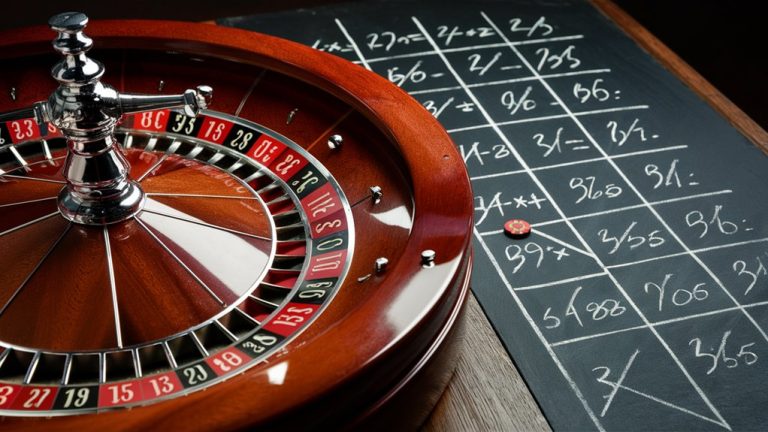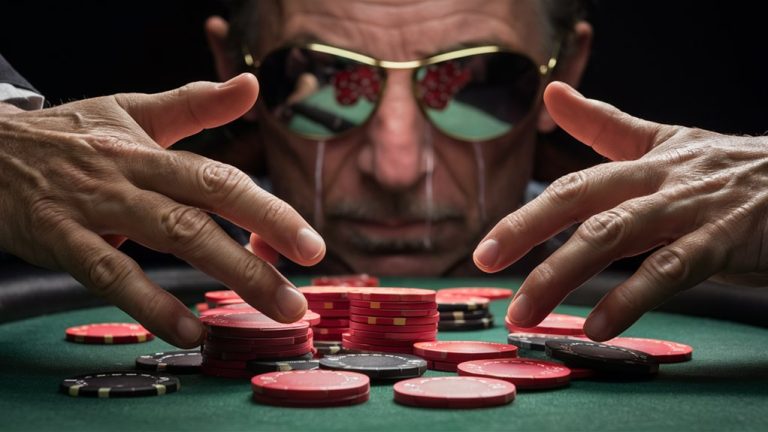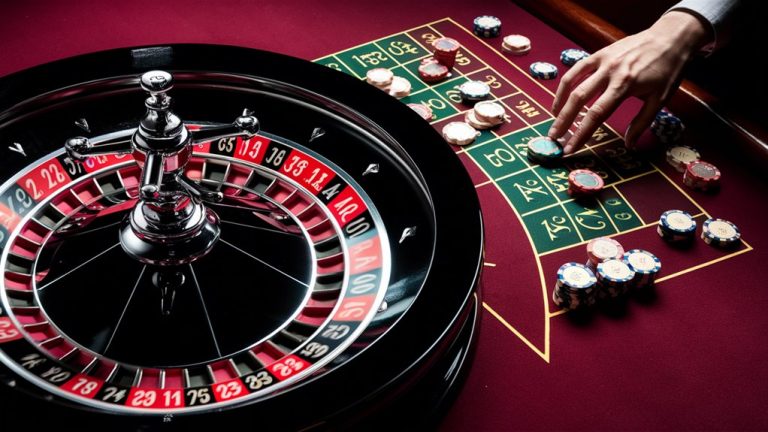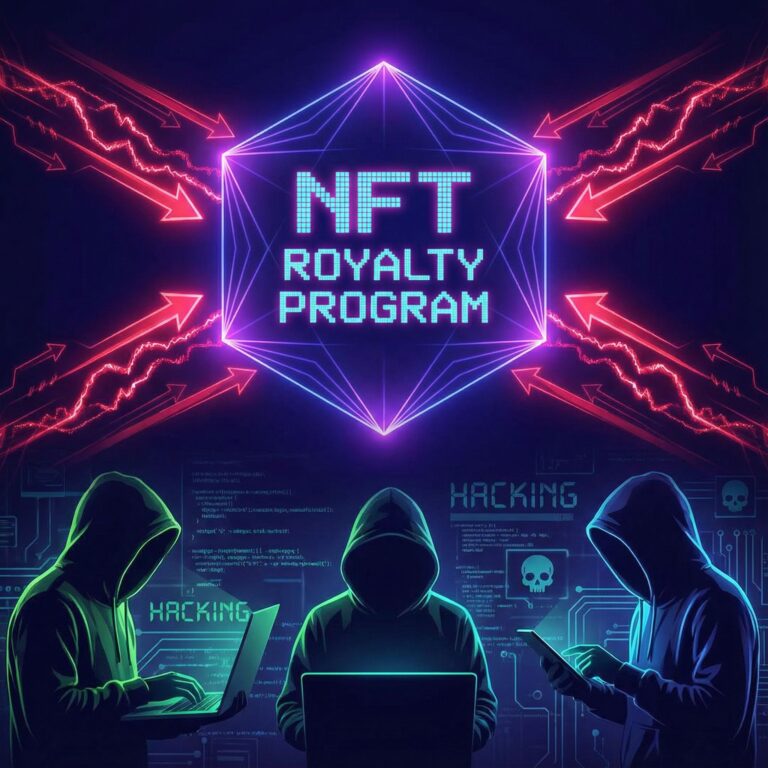
Psychology lies behind gambling:
Why do people gamble? Because it feels good. The brain of a gambler gives strong emotive reaction to casino sounds and sights created by human beings, backed up with sophisticated science. When in gambling mode, the reward system of our brains releases dopamine, a neurotransmitter that is also called “the happy hormone.” Nevertheless, most of this chemical rushing comes before receiving money from a win: anticipation is a highly addictive part of gambling in itself.
Psychological Triggers – The Role of Environment
A casino is a machine for designing engagement, something that all areas of the facility, including accounting and color schemes, are working towards. The combination of unpredictable rewards and near misses keeps the player’s attention stoked a little more zeal in ever closer to victory. These environmental clues are combined with brain responses to uncertainties, creating such a dense web of reinforcement that it becomes difficult for them to define their results precisely at any one time.
Social And Cultural Influences
The normalcy of gambling in society and the way it is viewed reflect the scope embraced by cultural norms. Pressure to look cool from your peers is turned into advertising itself when combined with media and promotions for betting, while how society views an activity. This also interacts with individual distortions, The Gambler’s Fallacy, that random events are predictable.
Neural Mechanisms – Reward Mechanism
The brain responds uniquely to gambling stimuli thanks to its sophisticated reward system. Unlike other pleasurable activities, gambling provides a varied reinforcement schedule that is particularly effective at maintaining patterns of behavior. This kind of neurological response is combined with environmental triggers and cognitive distortions, which is why gambling sells itself: not just for moneymaking but a variety of higher human needs.
The Brain’s Response to Reward
Understanding reward systems in the brain in gambling
How Gambling Works for the Brain, Neurologically Speaking
In the gambler’s brain, a complex system of neural pathways drives him or her towards the addictive nature of betting and games of chance.
Dopamine, a pleasure neurotransmitter within the brain, plays a key role in one type of gambling experience. Each bet triggers release of dopamine—the resulting excitement is akin to drug use for this reason.
Reward Circuits and Variable Reinforcement
Of these, the brain’s reward circuit — particularly the nucleus accumbens and prefrontal cortex — responds most strongly in the face of unpredictable reward.
This neural mechanism helps to explain why variable reward schedules (such as those employed in gambling) make such potent behavioral reinforcers. Irregular wins, instead of regular ones, boost anticipation-phase dopamine production.
Near-Miss Effects and Addiction Development
Near-miss experiences have an enormous impact on the brain’s reward system. These almost-wins pattern dopamine release in brain areas similar to those actually won, encouraging additional gambling behavior.
This coupled with impaired probability assessment in emotional states creates perfect conditions for addiction development. Continuous exposure leads to neural pathway hypersensitivity, potentially leading to permanent changes in brain structure and function.
Key Neurological Components:
Dopamine release during betting activities
Reward circuit activation in response to gambling
Neural pathway sensitization through repeated exposure
Behavioral reinforcement through varying rewards
Probability assessment disruption during excitement
Risk and Uncertainty
Understanding Risk and Uncertainty in Gambling Behaviour
The Neuroscience of Gambling Risk
Risk and uncertainty are powerful psychological motivators influencing decisions in casinos or elsewhere.
When the brain processes gambling risk, the neurotransmitter primarily involved is dopamine release. This peaks in the anticipatory period, when the outcome remains unknown, not actually during wins.
Behavioral Reinforcement Patterns
Variable-ratio reinforcement strengthens behavioral responses to a greater degree than fixed reward patterns do in gambling situations.
This psychological mechanism explains why players keep trying despite continuous losses: the unpredictable nature of reward timing keeps them in the game.
Near-miss experiences activate the same neural pathways as real wins and so reinforce gambling behavior with brain changes.
Individual Risk Factors and Problem Gambling
The variance of risk tolerance among persons is extremely large and may be swayed by both internal [genetic] influences and external factors.
Research shows that problem gamblers have decreased risk assessment capacities in their prefrontal cortex. This leads to:
Underestimation of potential losses
When potential rewards are overvalued, it becomes much easier to take a high amount of risks.
When the perception of risk is skewed, it can be easy to make decisions that are very dangerous.
Undoubtedly, after such a long winter, it’s difficult not to believe in hope anymore as long as one casts off the idea of becoming a customs officer or any other low-level career opportunity.
Thanks to these patterns of behavior and neurological functions, gambling risks are made more and more attractive instead of being deterred. As a result, people start to play games through severe gambling.
Social and Cultural Forces
Social Influences on Gambling Behavior
The influence of the human environment on gambling
Social Forces and Cultural Norms
In some societies, gambling is forbidden, while in How to Get the Best Casino Cashback Deals others it is supported by certain sectors of depositors and licensed providers. We have shown that the number of gamblers in a society has nothing to do with how often it occurs but is entirely decided by value judgments on what kind of place should be opened up to legalized casino hotels coming up from abroad. When measuring gambling acceptance in different societies, one must take into account the fact that some cultures embrace it as everyday means of enjoyment—normal behavior—while others do not allow gambling at all.
When their social networks become conductive to gambling, people tend to gamble more. Studies have often shown these findings.
Marketing and Social Messages
The “message” that gambling in culture gives. The main driver of risk perception
Regions with established gambling cultures, for example, Las Vegas, link gambling closely to an aspirational style of life, success, and social status.
Family dynamics play a crucial role in how gamblers develop their habits. Research shows higher rates of gambling behavior among those brought up in households that had gambling present.
Social Influence and Online Communities
Along with peer influence, social endorsement has an observable effect on gambling choices.
Analysis of group gambling reveals consistent findings, such as higher bets and more daring behavior in social settings.
The rise of online social media networks and chatrooms has amplified these effects, so that virtual networks facilitate great increases in gambling activity through the shared experiences or reinforcing feedback cycles among friends who gamble together.
Some Keys to Behavior
Group dynamics affect tolerance of risks
Cultural norms shape the amount of participation
Online platforms magnify social reinforcement
Family patterns influence gambling habits
Marketing influences perceptions of risk
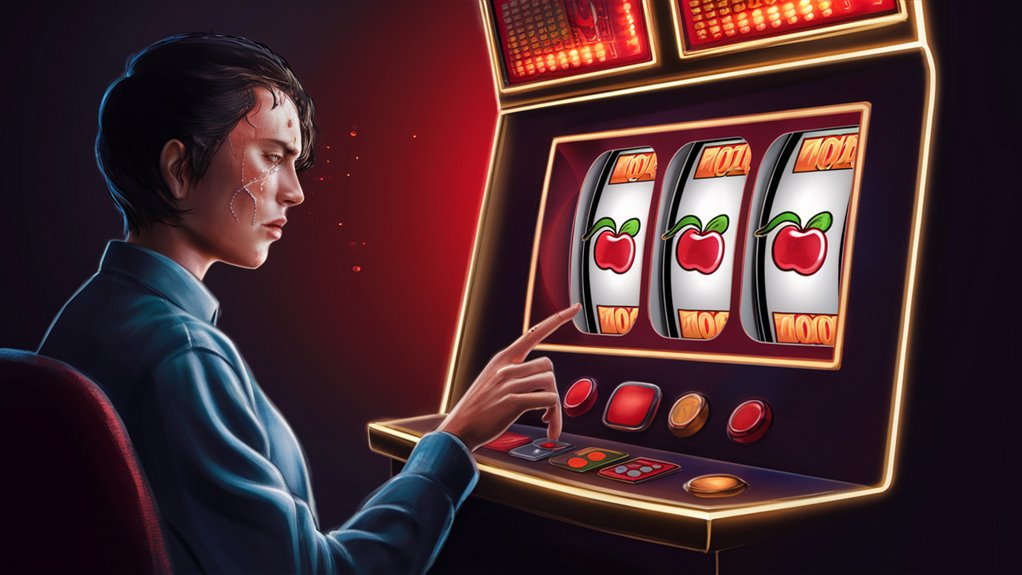
Escape from Daily Life
Gambling as an Escape: The Casino-Aholic Mind Set
The Appeal of Escapism in Gambling
Problem gambling often arises from the desire to escape a world of pressure and problems. Casino settings create an immersive alternate reality where people can take a break from their daily stresses and duties. The psychological appeal is immediate distraction provided by gambling activities, as well as potential rewards.
Casino Design and Psychological Manipulation
To maximize escapism, gambling establishments design their environments in such ways as; Timeless environments without windows or clocks, Constant ambient The Best Keno Strategies for Bigger Wins lighting that masks day and night cycles, Atmospheric sound design that drowns out external noise, Strategic layout patterns that encourage extended play sessions.
The Psychology of Gambling Escape
Problem gambling often is associated with underlying psychological conditions. Mental health studies show that individuals suffering from depression, anxiety, or chronic stress face elevated risks of gambling addiction. The temporary respite provided by gambling establishes a reinforcement cycle that is apt to intensify existing mental health concerns.
Risk Factors and Warning Signs
Escapist gambling is particularly dangerous when combined with:
Financial difficulties
Relationship problems
Work-related stress
Emotional trauma
Social isolation
If these factors appear together it will produce a destructive feedback loop in which gambling both temporarily relieves and ultimately compounds life’s challenges.
Near Misses and False Beliefs
Understanding Gambling Psychology: Near Misses and False Beliefs
The Psychology of Near Misses in Gambling
Near-miss experiences in gambling settings stimulate 먹튀검증 토토사이트 powerful psychological responses not inferior to actual wins. Research shows that when players experience so-called quasi-wins, such as matching two symbols vertically in a slot machine game, the brain produces dopamine in patterns similar to winning results. This neuro-chemical response creates a powerful psychological mechanism that helps sustain ongoing play—even as losses mount and mount.
Wrong Beliefs and Cognitive Bias
Concerning the fact that He said, “I have my validity,” the gambler’s fallacy plays the essential role in perpetuating gambling habits. After several losses, gamblers frequently develop the mistaken belief that they are “due for a win.”
According to this basic fallacy, each gambling event is affected by the previous (losing) one. Furthermore, many players develop illusions of control and incidentally impart great importance to random incidents based on false beliefs; thus, they perform elaborate rituals or build systems in the misapplied belief that they can somehow influence chance outcomes.
Casino Design and Manipulating the Mind
This means that modern casinos take advantage of all these psychological weaknesses through sophisticated design placing visual displays and jackpot announcements near the rampant noise. Slot machine programming deliberately increases the frequency of near-miss outcomes beyond natural probability rates.
A correct design choice selects success display or jackpot announcement areas that are as close as possible to the gaming area. At that time, everything seems to indicate winning more frequently than in reality; these carefully chosen design points use cognitive biases so as to generate player motivation and extend gambling time tails.
Psychological Factors in Gambling:
Response to near-miss events by dopamine
Cognitive distortion, in respect of probability
Patterns and reward schedules through strategic racecourse design
Retention of the player by various psychological manipulation means
